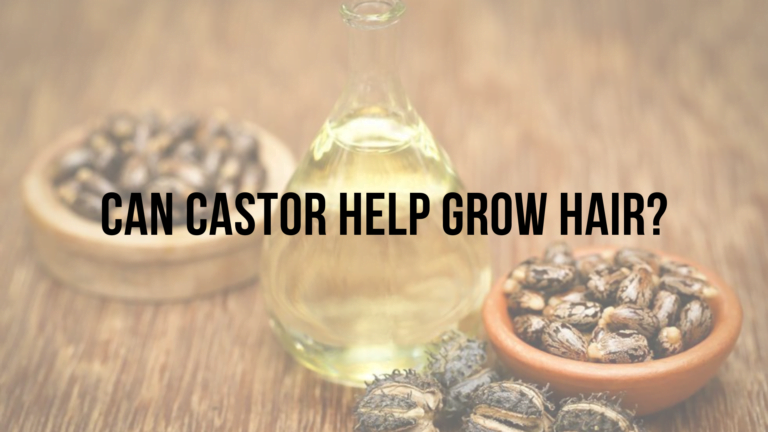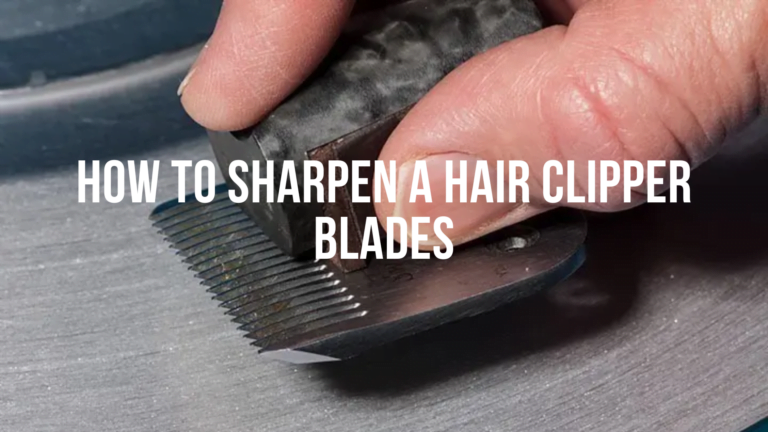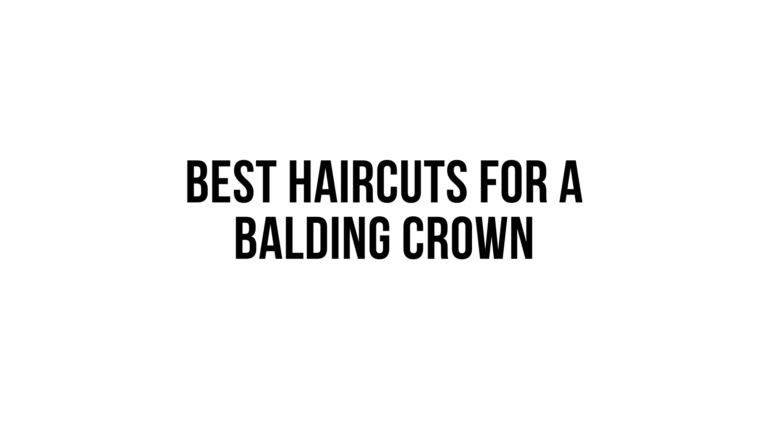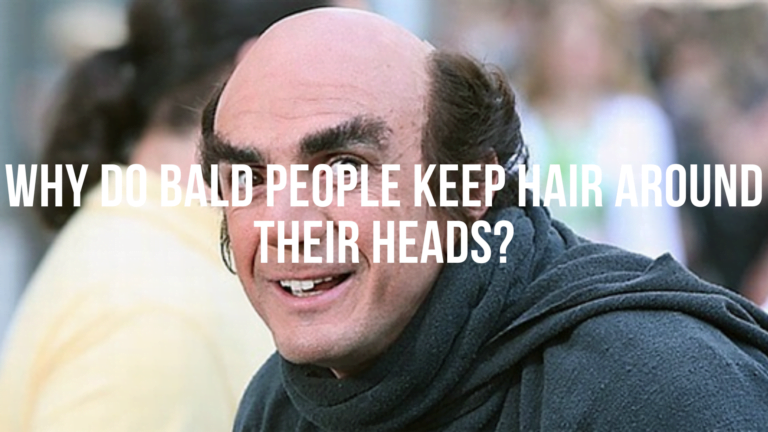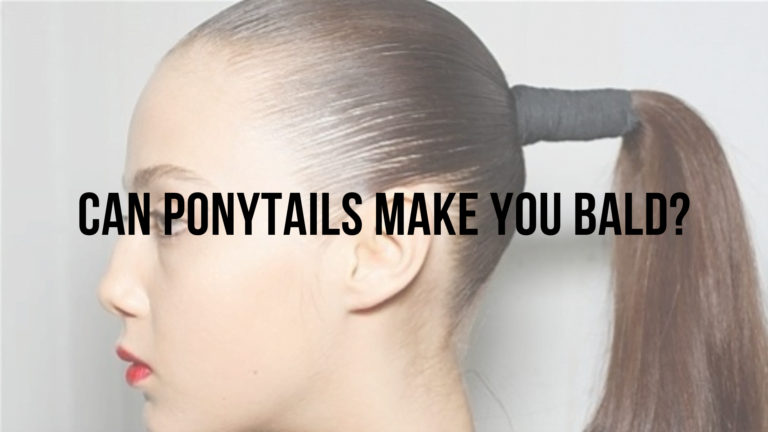Why use aftershave? Many of us neglect this step, especially when we’re young, starting to shave and have soft hair.
However, with time, or for those with a thick beard that requires several passes of the blade, aftershave is a moment of pleasure and a step we look forward to: we may come to appreciate the tingling sensation of an alcoholic lotion or alum, or find it impossible to do without the softness provided by a good cream or oil, or finally become addicted to the sensation of freshness felt after its application. And all those fragrances… what a pleasure!
Aftershave is therefore indispensable, firstly as an antiseptic and healer for micro-cuts, but also as a moisturizer and nourisher for the epidermis to calm that famous “razor burn”. Whether you have sensitive, normal or oily skin, this is a step we advise you not to skip.
ALCOHOL-BASED OR ALCOHOL-FREE LOTION?
With alcohol: the traditional aftershave
Alcoholic lotions, sometimes referred to as “splashes” and more often as “aftershaves”, are highly effective in soothing razor burn. Alcohol has the advantage of being an excellent antiseptic, but has the disadvantage of drying out the skin.
Although manufacturers add moisturizing active ingredients to counterbalance the effects of alcohol (aloe vera, glycerine, witch hazel, etc.), alcoholic lotions are generally not recommended for dry skin.
On application, traditional aftershave gives a “boost” that may put off beginners (we all remember little Kevin trying an aftershave in Mommy Missed the Plane).
But it’s important to remember that once the blow has passed, razor burn is calmed faster and sometimes more effectively than with an aftershave balm.
Some people appreciate the effect of alcoholic lotions, but accept that they can dry out the skin. For oily skin, it can be an interesting solution, as the alcohol helps dissolve excess sebum, but you still need to keep your skin moisturized.
Alcoholic lotion is generally scented, and many users prefer to have just one shaving soap but several aftershaves.
In this way, they can personalize their shave according to their mood, the season… Because alcoholic aftershaves are lightly scented, they are less strong and cost less than eau de toilette, making it easier to have a well-stocked selection. The fragrance of an aftershave generally lasts one to two hours on the skin.
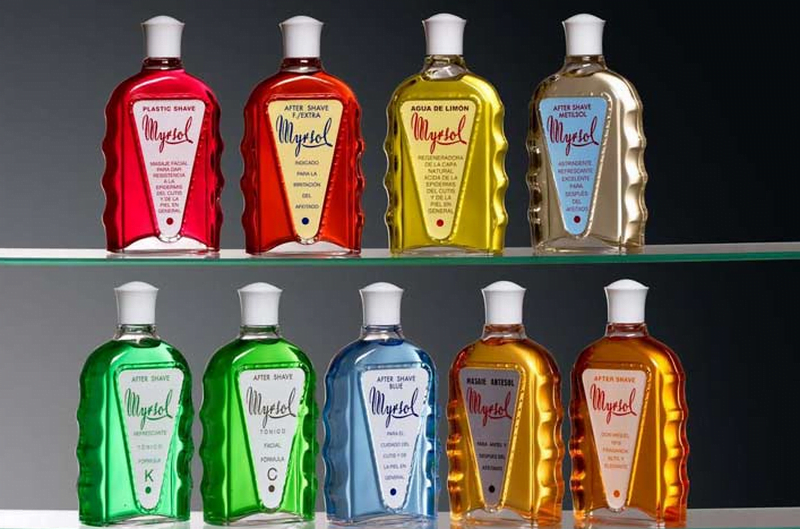
Alcohol-free: the ultimate fluid lotion
Non-alcoholic lotions are rather rare, with manufacturers often preferring to offer aftershave balms. Alcohol-free lotions, however, have their fans, and rightly so, for their unbeatable fluidity to penetrate the skin, and their light application.
It’s generally made up of a synergy of moisturizing ingredients (witch hazel, aloe vera, etc.) and natural skin-care oils.
An alcohol-free aftershave will be less aggressive on the skin, making it particularly suitable for sensitive skin.
Look closely at the active ingredients in alcohol-free lotions to make sure they match your skin type. To find out, read our articles “Know your skin type” and “Which ingredients for which skin type?
WHAT ARE THE DIFFERENCES BETWEEN AFTERSHAVE CARE PRODUCTS?
Cream, balm, lotion… which look for which use?
The difference between these names can sometimes vary from brand to brand. Generally speaking, however, the difference lies in the fluidity of the product.
At least, that’s how we categorize the products we sell in our store, sometimes contrary to what the manufacturer indicates. For example, Edwin Jagger calls his aftershaves “lotions”, whereas we call them “balms”. Let’s find out why:
- Cream, with its thicker texture, penetrates deep into the skin. It is therefore preferable for moisturizing, nourishing and softening the skin. It is less effective for healing, stopping bleeding, disinfecting and so on. It is generally the preferred texture for dry skin. It can take a long time to absorb, but provides good protection against the elements in winter.
- Balm (a term often misused by manufacturers, please refer to our descriptions) is a little more fluid than cream, and could be called “milk”. It’s often used by brands who want to offer a moisturizing milk that’s easier to apply than a cream, because some men think that moisturizing cream isn’t “masculine” enough. In reality, the most important thing is to adapt to your skin type, whatever the product used. Some balms may contain alcohol, which helps to disinfect the skin after shaving.
- Lotions are the most fluid, always translucent (even if sometimes cloudy like lemonade). It moisturizes, but above all soothes and gives a sensation of freshness (like a whiplash when it’s alcoholic). Lotion often contains a light fragrance, and can be kept for a very long time without losing its properties. Traditionally based on alcohol (the traditional aftershave), some manufacturers offer alcohol-free lotions.
- Aftershave gel is somewhere between a balm and a lotion. Thicker than a lotion, it is also translucent and absorbs quickly into the skin.
- Shaving oil and shaving fluid are generally multi-purpose, meaning they can be used both before and after shaving.
These different types of aftershave care are not used together, so it’s up to you to choose the look you prefer for your aftershave care. On the other hand, you may decide to use a balm one day, then a lotion for the next day’s shave, and so on…
Don’t hesitate to try out different products, because depending on the day and the mood, your skin may prefer one product to another.
Read Also: Can Shaving Your Head Makes You Go Bald?
Alum stone
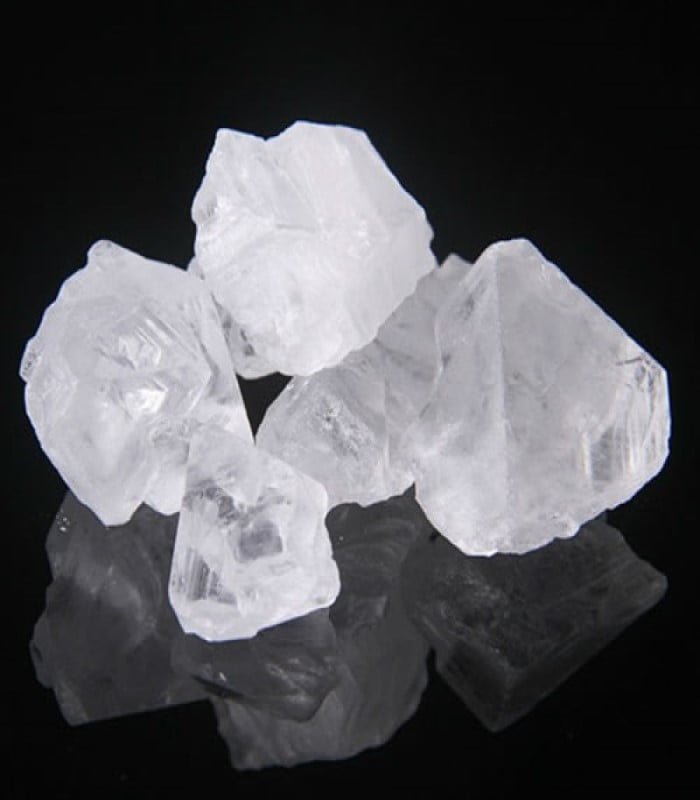
Alum stone is a natural mineral (a kind of salt) that can be applied to the skin in various forms: stone, stick or powder. Its antiperspirant, astringent and antiseptic properties are highly effective and well recognized, but it has the disadvantage of slightly drying the skin, leaving behind a saline layer.
It’s customary to use it before applying an aftershave (among those listed above), but some users choose to use only aftershave. We would advise against using it on dry skin.
Its plus points are undoubtedly its effectiveness (it stops blood spots like no other product), its durability (an alum stone keeps for several years), its modest price, the fact that it’s 100% natural and often made naturally too (from air, water and elbow grease, nothing more!).
Talcum powder
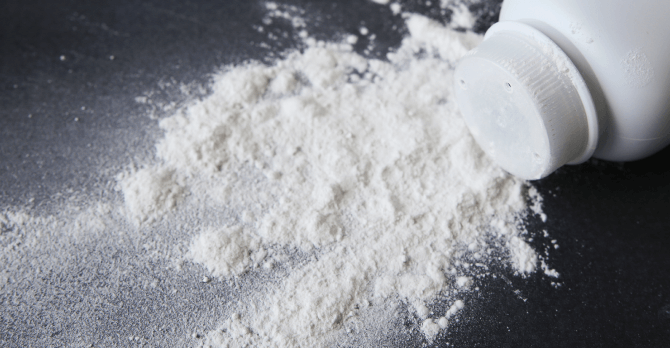
Nowadays, talcum powder sounds more like a grandfatherly trick, but its effectiveness remains proven! Its main purpose is to absorb any excess moisture left on your face after your shaving session, while softening your skin. Perfect for those with baby skin!
Talc is used as a “finishing product”, i.e. the last step after even a classic aftershave such as cream, balm or lotion. It is therefore a complement to the aftershave. Some manufacturers offer talc-free “aftershave powders”: the mineral powder is replaced by a plant-based powder, often made from corn flakes.
Talc can also be used for the rest of the body, as a deodorant. It’s not a common practice these days, but it’s a very pleasant one. Talk to your grandfather about it 😉
EAUX DE COLOGNE, DE PARFUM OR DE TOILETTE? WHAT ARE THE DIFFERENCES?
Cologne
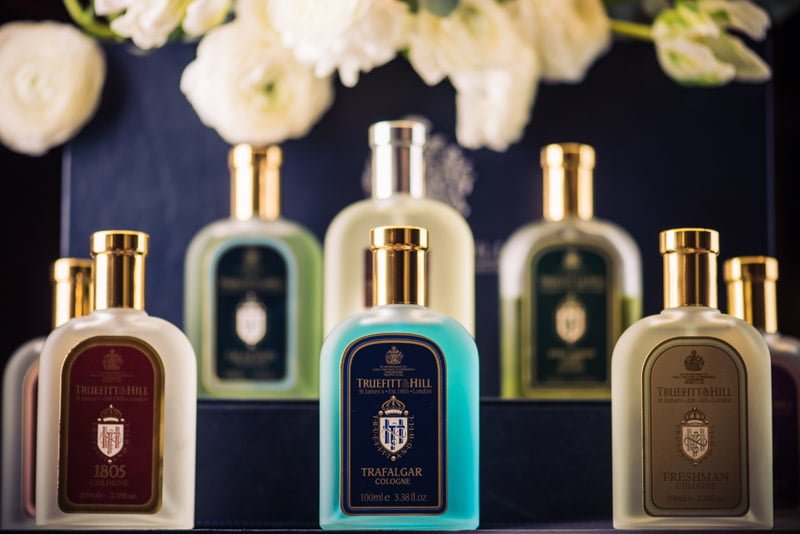
The origins of eau de Cologne date back to the early 18th century. It was invented in 1708 by Giovanni Maria Farina, an Italian perfumer who settled in Cologne, Germany. The “eau admirable” soon took the name of its city of origin.
Soon rivaled by several perfumers, including the famous 4711 brand, Eau de Cologne continues to be a mainstay of men’s skin care. It can also be used as an aftershave to complement a moisturizer.
This is a very sober fragrance, suitable for everyday life. Its extract percentage varies between 3 and 6% for a 70-80° alcohol solution.
Eaux de toilette
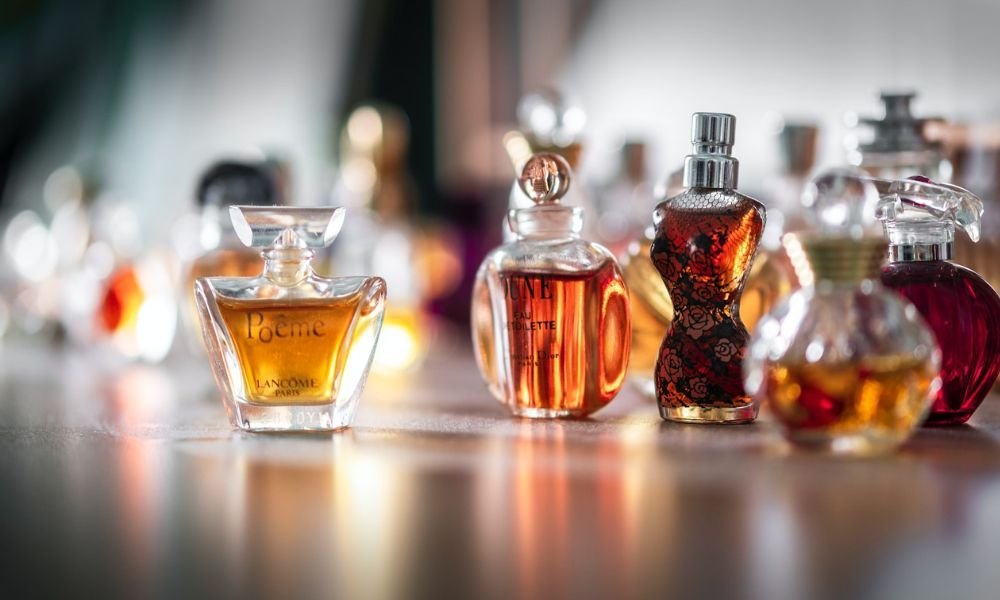
Eau de toilette is a subtle, light fragrance. An everyday fragrance and a true beauty and well-being asset. Eau de toilette is ideal for summer, as its fragrance is perfectly suited to warm days.
It’s a more concentrated fragrance than Eau de Cologne, with a percentage of extract varying between 6 and 10%, and is diluted with alcohol at around 85°. Sensitive and discreet.
Eaux de parfum
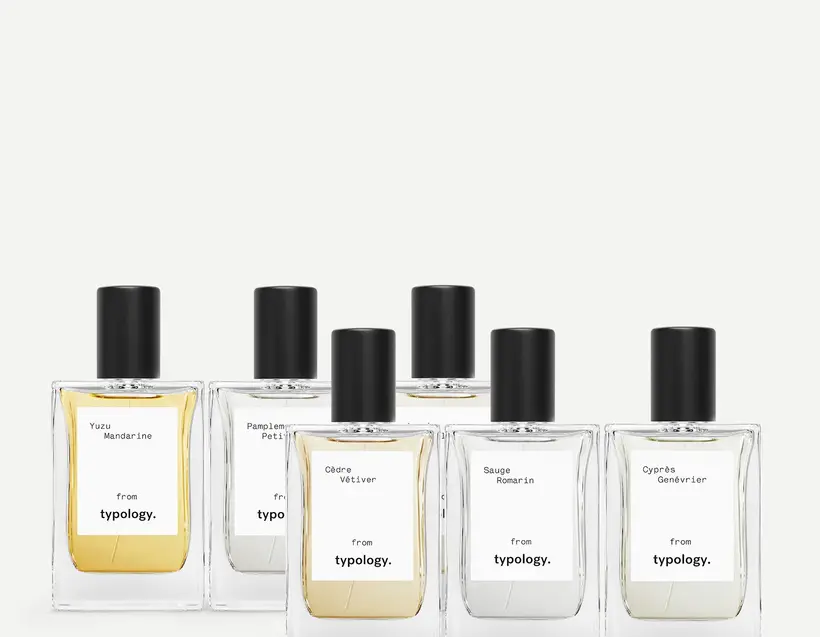
More concentrated than its predecessor, eau de parfum has a percentage of extract varying between 10 and 20%, diluted in a 90° alcohol solution.
This concentration ensures that the fragrance lasts longer on the skin, day after day. The base notes are generally powerful, allowing the eau de parfum to impregnate clothing more easily. Dynamic and assertive.
If you still consider aftershave unnecessary after reading this article, at the very least, use the first aftershave you can think of: a good splash of cold water on your face. This will tighten pores and soothe tight skin.

